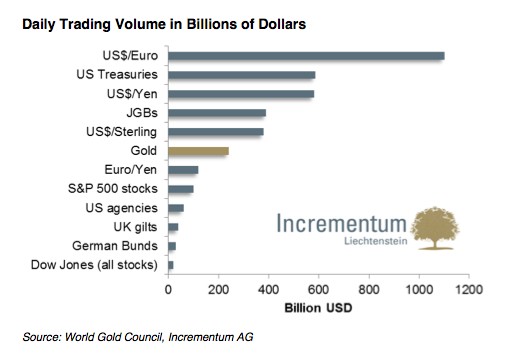Options and Futures TradingHedging in Options Trading
Post on: 24 Июнь, 2015 No Comment

Hedge your Risk when Trading Options
Options are frequently used in hedging. A hedge is an investment made to offset the risk incurred by entering another investment. Ironically, the basic idea is to bet against oneself, in a way. Speculate that the market price will rise in the future and buy a call today.
(A call is an option that confers the right to buy an asset at a set price in the future.) But, knowing that any price rise is uncertain, simultaneously buy a put. (A put is an option to sell at a preset price in the future.) Now, why would anybody do such a crazy thing?
Well, hedging is, at bottom, a form of insurance. Though there are traders who use it more actively as a profit seeking strategy, such as hedge fund managers.
By carefully selecting the appropriate combinations of strike price, expiration date and type of option an investor can minimize risk and maximize the probability of making a profit.
As an example, we’ll consider a common hedging strategy: the Strangle. No, that’s not something you do to your broker. That would be increasing risk, not minimizing it.
In this strategy, an investor holds both call and put options with the same maturity, but with different strike prices.
The contracts are purchased ‘out of the money’ and are therefore cheaper. ‘Out of the money’ means the strike price of the underlying asset is higher (for a call) or lower (for a put) than the current market price.
Suppose Microsoft (MSFT) is currently trading at $30 per share. Buy one call at $3 and one put at $2 with the call having a strike price of $35, the put $25. (Total Investment = ($3 x 100) + ($2 x 100) = $500.)
If the price over the length of the contracts stays between $25 and $35 the total possible loss = $500, the cost of the options. Therefore the risk (‘exposure’) is limited to $500.
Suppose the price drops near expiration to $15. The call would expire worthless, but the put is worth ($25-$15) x 100 = $1000 — ($2 x 100) = $800. Subtract the cost of the call, $800 — $300 = $500. This represents the net profit (ignoring commissions and taxes) on the trades.

The difference between the exposure and the potential profit represents a kind of hedge. Though the investor is, in a sense, ‘betting’ that the price could go either way, his downside is limited to the combined cost of the put and the call.
There are, not surprisingly, nearly as many hedging strategies as there are investors. A couple of common types are:
The collar: Hold the underlying asset and simultaneously both buy a put and sell a call of the same asset. The short call limits gains, but the long put hedges against any losses from the underlying asset.
The protective put: Buy the asset and also buy a put option on the same asset. At expiration, the asset may have gained (eliminating the value of the put option), but the rise in the asset offsets the loss.
Exotic combinations abound, but most involve speculating on the price direction of the underlying asset, while taking advantage of the leverage, cost and timing characteristics of options.
As with any investment strategy, make sure you understand the pros and cons before laying down your bet.














